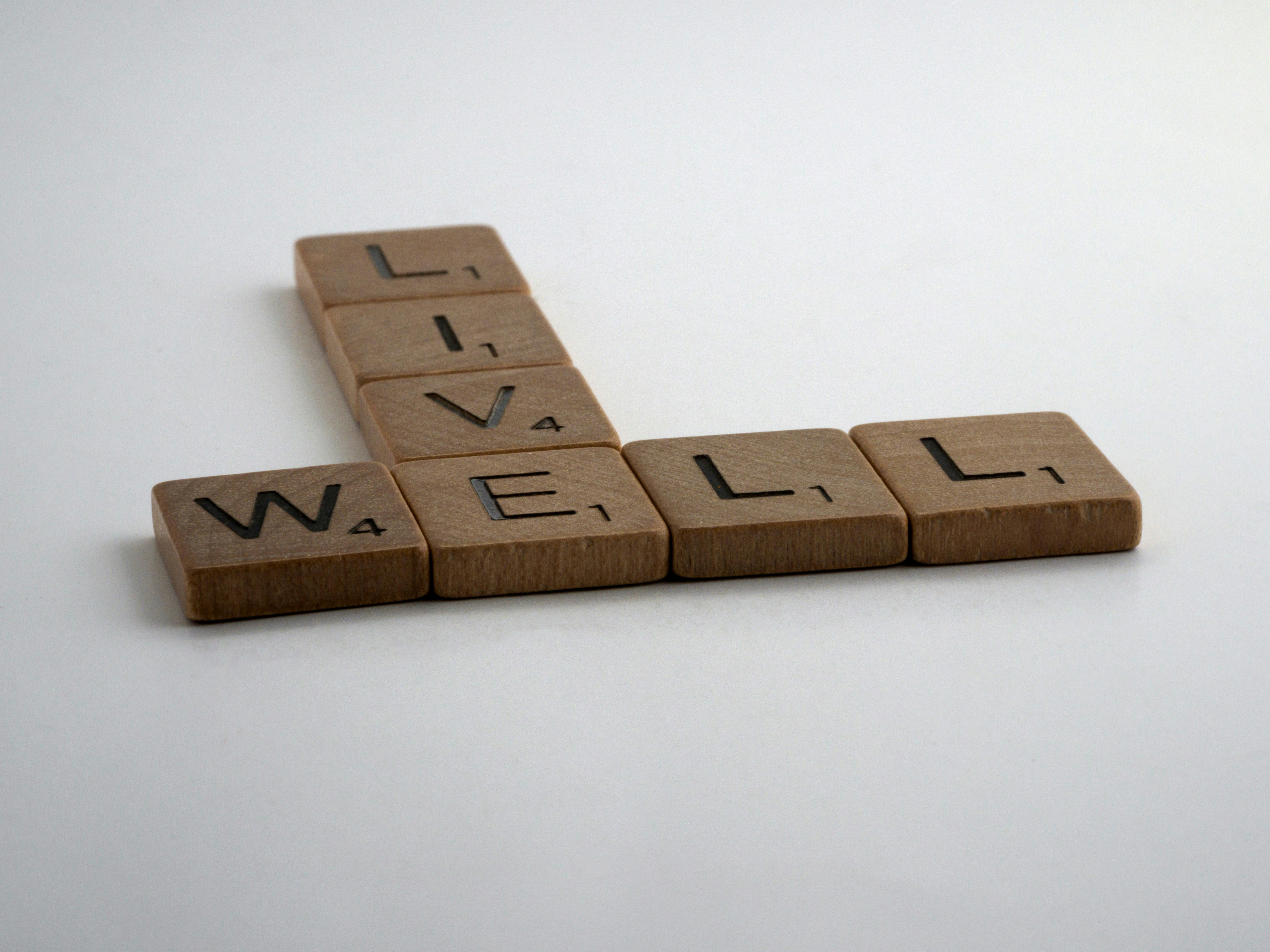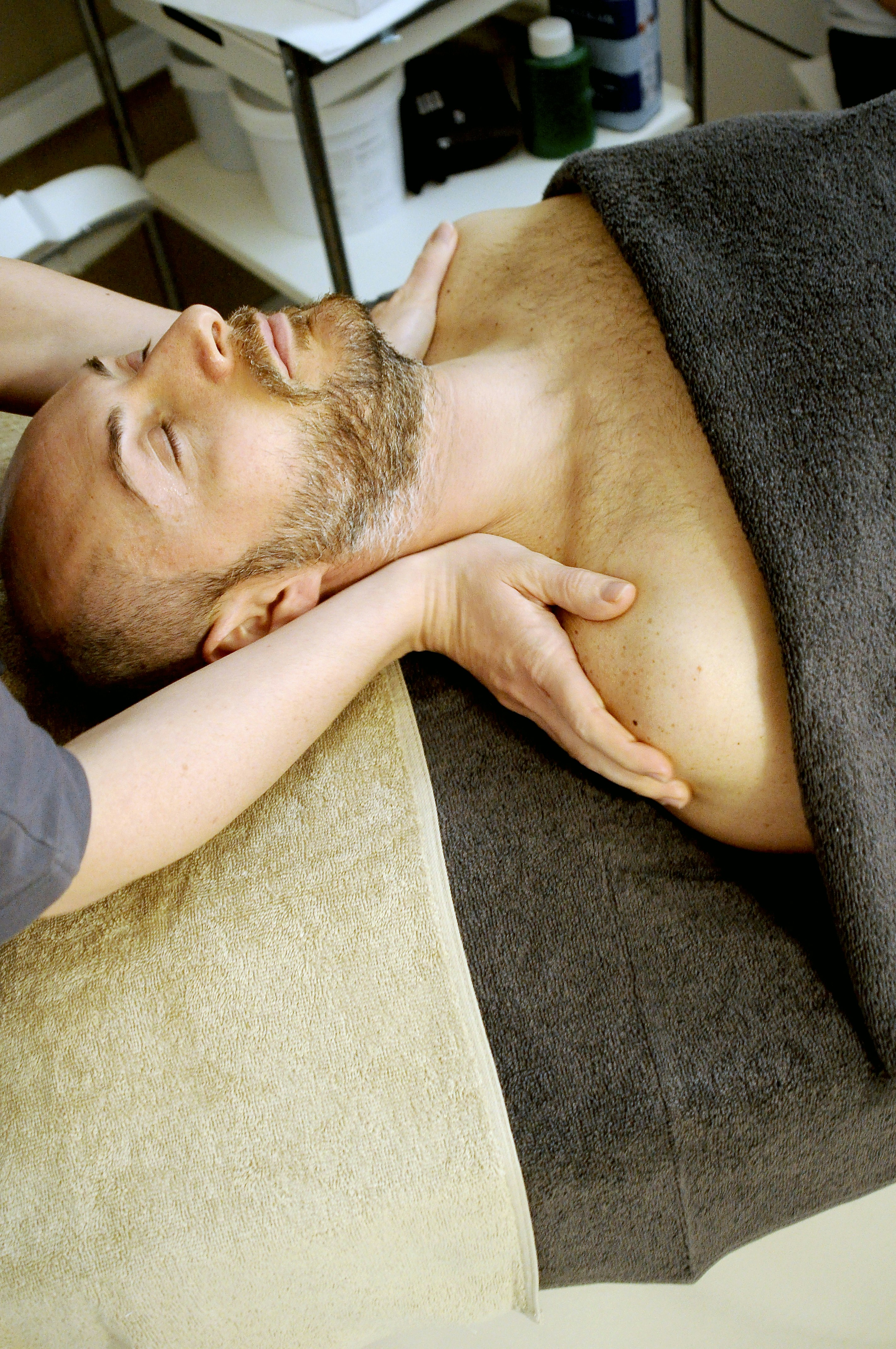The Importance of Taking Breaks for Productivity and Well-being
January 27, 2024 | by pakistanbiochar.com
 Photo by Brett Jordan on Unsplash
Photo by Brett Jordan on Unsplash As our lives become increasingly busy and demanding, it’s easy to fall into the trap of constant busyness and neglecting the need for breaks. However, taking regular breaks throughout the day is essential for both our productivity and overall well-being.
Enhanced Focus and Productivity
Contrary to popular belief, taking breaks can actually improve our focus and productivity. Our brains are not designed to work continuously for long periods of time. By taking short breaks, we give our minds the opportunity to rest and recharge, allowing us to return to our tasks with renewed energy and concentration.
Research has shown that taking regular breaks can help prevent mental fatigue and improve cognitive function. It can also enhance our problem-solving skills and creativity. So, instead of pushing through long hours without a break, it’s more effective to work in shorter bursts with regular intervals of rest.
Physical and Mental Well-being
Aside from boosting productivity, taking breaks also has numerous benefits for our physical and mental well-being. Sitting for prolonged periods of time can have negative effects on our posture, circulation, and overall health. By taking short breaks to stretch, move around, or engage in light physical activity, we can counteract the negative impact of sedentary work.
Moreover, breaks can help reduce stress levels and prevent burnout. When we continuously work without breaks, our stress levels can escalate, leading to decreased job satisfaction and increased risk of physical and mental health issues. Taking regular breaks allows us to step away from our work, relax, and recharge, which can significantly improve our overall well-being.
Types of Breaks
There are different types of breaks that we can incorporate into our daily routine:
- Microbreaks: These are short breaks that last for a few minutes and can be taken every hour or so. During microbreaks, we can stand up, stretch, take a few deep breaths, or simply look away from our screens.
- Mid-breaks: These breaks typically last for around 15-20 minutes and can be taken every few hours. During mid-breaks, we can engage in light physical activity, such as taking a short walk or doing some gentle stretching exercises.
- Lunch breaks: These breaks are longer and usually last for around 30-60 minutes. It’s important to use this time to disconnect from work completely and engage in activities that help us relax and recharge, such as having a nutritious meal, reading a book, or practicing mindfulness.
Creating a Break-Friendly Environment
To make the most out of our breaks, it’s important to create a break-friendly environment:
- Plan and schedule breaks: Set specific times for breaks throughout the day and stick to them. This will help ensure that breaks are not overlooked or forgotten.
- Disconnect from work: During breaks, try to disconnect from work-related activities, such as checking emails or making work-related calls. Use this time to focus on activities that help you relax and recharge.
- Move and stretch: Use your breaks as an opportunity to move and stretch. Engage in light physical activity to counteract the negative effects of sitting for long periods.
- Practice mindfulness: Use some of your breaks to practice mindfulness or relaxation techniques. This can help reduce stress levels and improve overall well-being.
Remember, taking breaks is not a sign of laziness or unproductivity. It’s a necessary component of maintaining focus, productivity, and overall well-being. So, make it a priority to incorporate regular breaks into your daily routine and reap the benefits.
RELATED POSTS
View all

